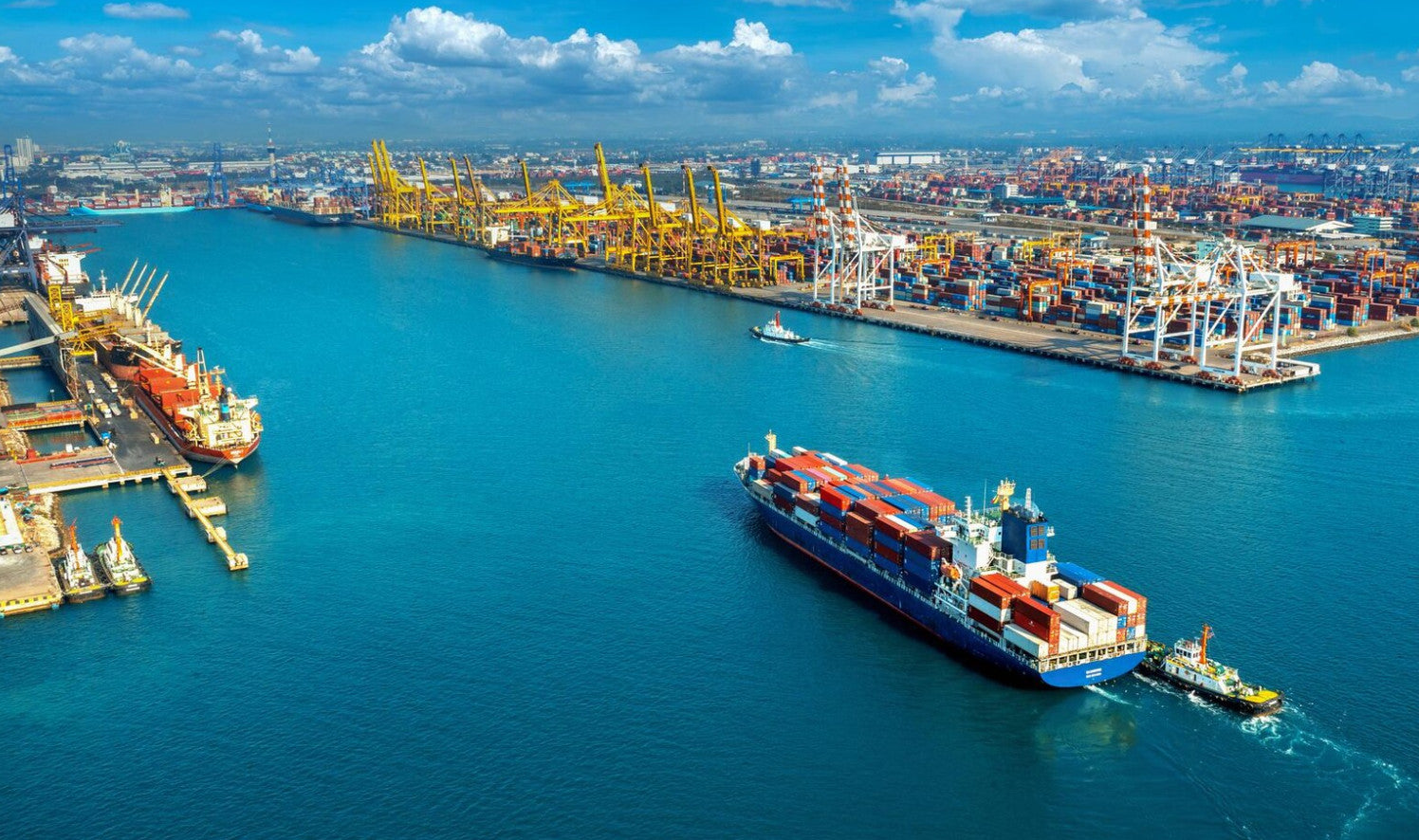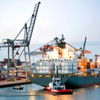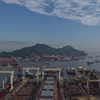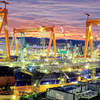The Role of Bulk Carriers in Global Trade in 2025: Adapting to New Challenges and Opportunities

What is a Bulk Carrier?
A bulk carrier is a ship specifically designed for the transportation of bulk cargo—materials like coal, grain, and iron ore. Unlike container ships, bulk carriers do not use standardized containers for cargo. Instead, they carry bulk goods directly in the hold. These ships come in various sizes, from smaller Handysize vessels to larger Capesize bulk carriers, which are capable of carrying over 150,000 tons of cargo.

Impact of Geopolitical Tensions on Bulk Carrier Shipping Routes
In 2025, the geopolitical landscape continues to impact global trade and shipping routes. Ongoing tensions in Eastern Europe, particularly related to the war in Ukraine, have disrupted trade and shipping routes in the Black Sea. This disruption has caused delays and higher shipping costs, especially for bulk cargo like grain and steel. As a result, countries are looking for alternative shipping routes, leading to an increased demand for bulk carriers in other regions.
[BBC News - Geopolitical Tensions and Global Trade Disruptions]

Economic Factors Affecting Bulk Carrier Demand
The global economy, recovering from the effects of the COVID-19 pandemic, is seeing a resurgence in demand for raw materials. As industrial production increases, countries like China, India, and Brazil are driving the demand for bulk carriers. However, economic uncertainties such as inflation, rising fuel prices, and fluctuating commodity prices are creating challenges for bulk carrier operators. The volatility in commodity prices, particularly for coal and oil, has a direct impact on the profitability of bulk carrier shipments.
[World Bank - Global Economic Prospects]
Environmental Regulations and Sustainability in the Bulk Carrier Industry
The maritime industry, including bulk carriers, is under increasing pressure to reduce its environmental impact. The International Maritime Organization (IMO) has set ambitious goals to cut greenhouse gas emissions from shipping by 50% by 2050. Bulk carriers, which are among the largest consumers of fuel in the shipping industry, are a key target for these regulations.
To meet these challenges, many shipping companies are turning to eco-friendly technologies, such as LNG-powered bulk carriers and innovative hull designs that reduce fuel consumption. In 2025, sustainability is becoming a key selling point for bulk carriers, as more buyers and investors demand greener shipping solutions.
[IMO - Environmental Regulations for Shipping]

The Future of Bulk Carriers: Opportunities and Challenges
Looking forward, the future of bulk carriers is filled with both opportunities and challenges. On the one hand, the demand for raw materials is expected to increase, particularly in emerging markets. This demand will drive growth in the bulk carrier sector. On the other hand, rising fuel costs, stricter environmental regulations, and political uncertainties present ongoing challenges for bulk carrier operators.
In response to these challenges, the bulk carrier industry is likely to see significant innovation, particularly in areas related to fuel efficiency, vessel design, and sustainability. Companies that can adapt to the changing landscape and invest in green technologies will be well-positioned for success in the coming decades.
[DNV - Maritime Trends and Innovations]
Conclusion
As 2025 unfolds, the bulk carrier sector will continue to play a vital role in global trade. From geopolitical disruptions to economic challenges and environmental regulations, the industry must evolve to meet new demands. By investing in sustainable technologies and adapting to the changing market conditions, bulk carriers will remain essential for the transportation of raw materials that power industries around the world.
-
Posted in
bulk carrier




